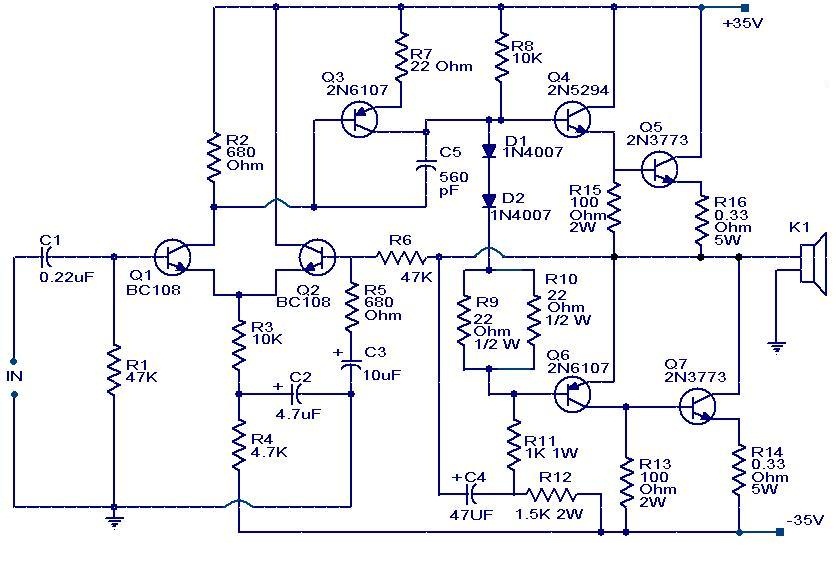Unlocking Deep Bass: The Ultimate Guide to Mono Subwoofer Amplifiers for Home Audio
Want to feel the rumble of an earthquake during your favorite movie scene? Or experience the deep pulse of bass that truly brings music to life? Then you need a dedicated power source for your subwoofer: a mono subwoofer amplifier. This guide explores the world of these specialized audio components and how they can dramatically enhance your home audio setup.
A mono subwoofer amplifier, also known as a single-channel amplifier, is designed specifically to power a subwoofer. Unlike multi-channel amplifiers that drive multiple speakers, a mono amp focuses all its power on a single channel, delivering the immense power required to reproduce low-frequency sounds effectively. This dedicated power delivery translates into cleaner, more impactful bass, free from distortion and clipping.
While the concept of dedicated bass amplification has existed for a while, the popularity of home theater systems and the pursuit of high-fidelity audio has driven the evolution of dedicated subwoofer amplifiers. Early implementations often involved passive subwoofers, relying on the main amplifier to power them. However, the increasing demand for deeper, more accurate bass led to the rise of powered subwoofers with built-in amplification and, eventually, to the widespread adoption of separate mono subwoofer amplifiers for improved control and performance.
The primary issue that mono subwoofer amps address is the power demand of subwoofers. Low-frequency sounds require significantly more power to reproduce than higher frequencies. Using a regular stereo amplifier to power both your main speakers and a subwoofer can strain the amplifier, leading to distortion and compromising the overall audio quality. A dedicated mono subwoofer amplifier solves this problem by providing the necessary power to the subwoofer, freeing up your main amplifier to focus on the rest of the audio spectrum.
A key factor in understanding subwoofer amplifiers is impedance. Impedance, measured in ohms, represents the resistance a speaker presents to the amplifier. Matching the impedance of your subwoofer to the output impedance of your amplifier is crucial for optimal performance and prevents damage to both components. Most subwoofer amplifiers have variable impedance settings, allowing them to work with a range of subwoofers.
One of the key benefits of using a mono subwoofer amplifier is the improved bass response. By dedicating a powerful amplifier to the subwoofer, you can achieve deeper, more controlled bass, enhancing the impact of movies and music. Another advantage is reduced strain on your main amplifier, resulting in clearer sound across the entire frequency spectrum. Finally, many mono subwoofer amplifiers offer advanced features such as adjustable crossover frequencies, phase control, and equalization, allowing for fine-tuning of the bass response to perfectly match your room and listening preferences.
To set up a mono subwoofer amplifier, you'll need to connect it to your receiver or preamplifier using an RCA cable. Then, connect the amplifier to your subwoofer using speaker wire. Finally, adjust the gain, crossover frequency, and phase controls on the amplifier to optimize the bass response for your room.
Advantages and Disadvantages of a Mono Subwoofer Amplifier
| Advantages | Disadvantages |
|---|---|
| Dedicated power for deeper, cleaner bass | Added cost and complexity to the setup |
| Reduced strain on the main amplifier | Requires space and proper ventilation |
| Improved overall audio quality |
Best Practices for Implementing a Mono Subwoofer Amplifier
1. Properly match impedance between the amplifier and subwoofer.
2. Choose an amplifier with sufficient power for your subwoofer.
3. Carefully adjust the gain and crossover frequency.
4. Experiment with subwoofer placement for optimal bass response.
5. Use high-quality cables for optimal signal transfer.
FAQs
1. What is a mono subwoofer amplifier? A mono subwoofer amplifier is a dedicated amplifier for powering a subwoofer.
2. Why do I need a mono subwoofer amplifier? It provides dedicated power for cleaner bass and reduces strain on your main amplifier.
3. How do I connect a mono subwoofer amplifier? Connect it to your receiver using an RCA cable and to your subwoofer using speaker wire.
4. What is impedance matching? Matching the impedance of your subwoofer to the output impedance of your amplifier.
5. What is a crossover frequency? The frequency at which the subwoofer takes over from the main speakers.
6. How do I adjust the gain? The gain controls the output level of the subwoofer amplifier.
7. What is phase control? Phase control adjusts the timing of the subwoofer's output relative to the main speakers.
8. Where should I place my subwoofer? Experiment with placement to find the optimal location for your room.
Tips and Tricks: Consider using acoustic treatment in your room to further refine the bass response. Use a sound level meter to calibrate your subwoofer for optimal integration with your main speakers.
In conclusion, incorporating a mono subwoofer amplifier into your home audio system can significantly enhance your listening experience. By providing dedicated power to your subwoofer, you unlock deeper, cleaner bass, reduce strain on your main amplifier, and improve the overall clarity and impact of your audio. While there may be a slight increase in cost and complexity compared to using a standard stereo amplifier, the benefits of a dedicated mono subwoofer amplifier, in terms of sound quality and immersion, are undeniable. Take the plunge and experience the difference a dedicated subwoofer amplifier can make – you won't be disappointed!
Benjamin moore orange paint a zesty guide
Unlocking the aesthetic universe of gacha life boy outfits
Decoding chicano graffiti lettering history style and impact














